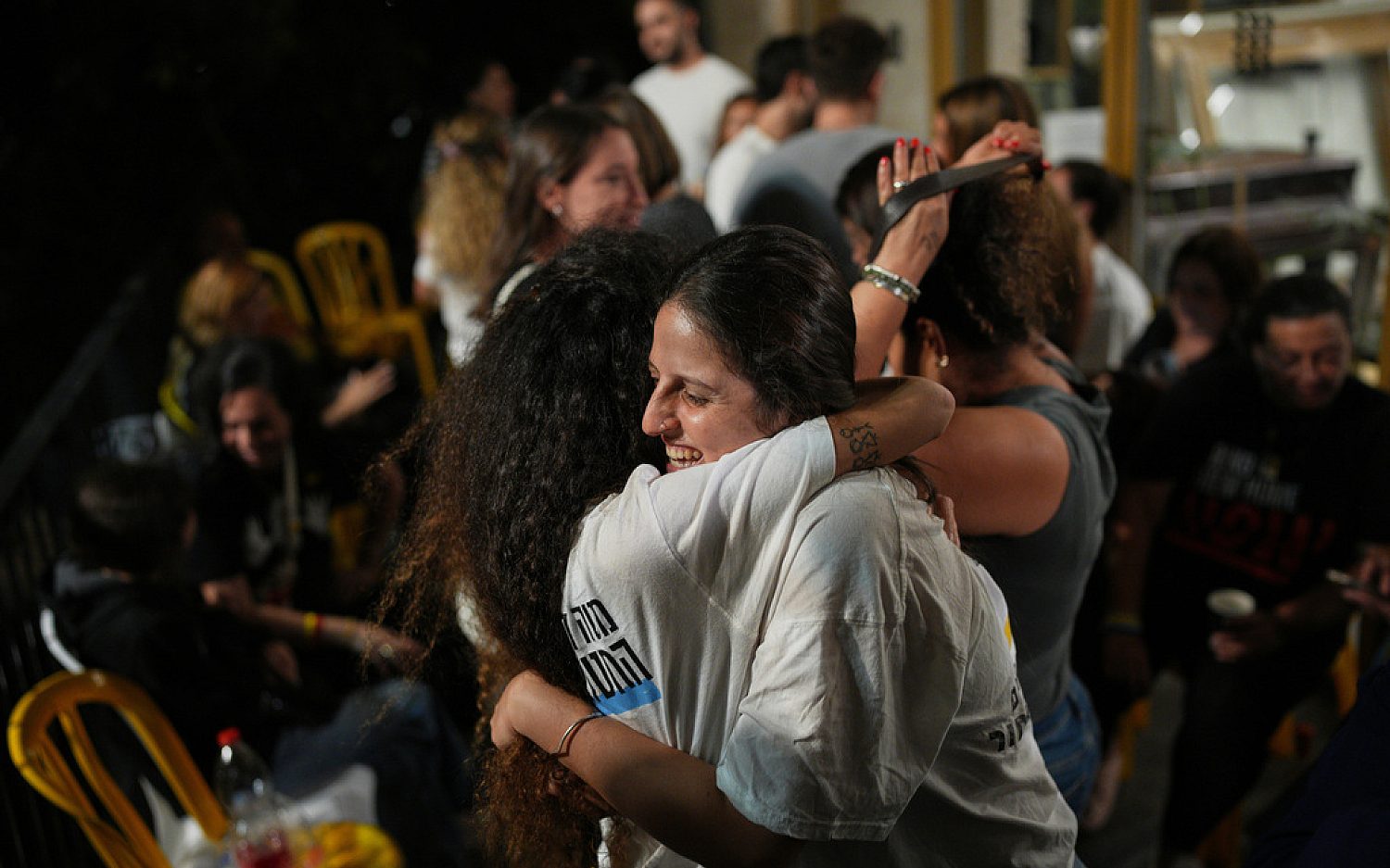ISIS destroys ancient Palmyra temple
Islamist militants occupying the Syrian town of Palmyra have destroyed a 2,000-year-old temple there, according to reports.
The Syrian Observatory for Human Rights and a Syrian antiquities official both said members of Islamic State (ISIS) had used explosives to topple the stones of the Temple of Baal Shamin, thought to have been built in A.D. 17 and dedicated to the Phoenician god of storms and rain. It wasn’t immediately clear whether the destruction occurred over the weekend or several weeks ago due to conflicting reports.
ISIS has been waging an assault on towns in Iraq and Syria for more than a year as part of an effort to expand what it views as a pure Muslim empire. Fighters with the group have killed, raped, or expelled Christians, minorities, and Muslim opponents. The group’s strict interpretation of Islam declares venerated temples, statues, and tombs to be idolatrous despite their historical significance.
In May, ISIS invaded Palmyra, an ancient oasis town predating the time of Christ. The town’s Temple of Baal Shamin, along with other Roman-era ruins and artifacts, led UNESCO to designate Palmyra a World Heritage site in 1980.
“[ISIS] destroyed an incredibly important architectural structure,” said Maamoun Abdulkarim, the head of the Antiquities and Museums Department in Damascus, according to CNN. “It is the first structure in the Palmyra complex to be destroyed, although they recently destroyed two Islamic shrines nearby.”
In June, the militants demolished a 2,000-year-old lion statue known as the Lion of al-Lat. They also destroyed two shrines, but until now had left the other architectural structures alone.
"They said they would destroy the statues but not the structures themselves insidePalmyra,” Abdulkarim said. “They lied."
Last week, the militants beheaded an elderly archaeologist, 81-year-old Khaled al-Asaad, who spent much of his life studying and protecting the ruins of Palmyra. The militants had reportedly charged the scholar with being Palmyra’s “director of idols,” and pressured him to reveal the locations of other ancient artifacts hidden in advance of the invasion.
Palmyra still contains an amphitheater and colonnaded walkway that date from the Roman period.
An actual newsletter worth subscribing to instead of just a collection of links. —Adam
Sign up to receive The Sift email newsletter each weekday morning for the latest headlines from WORLD’s breaking news team.





Please wait while we load the latest comments...
Comments
Please register, subscribe, or log in to comment on this article.